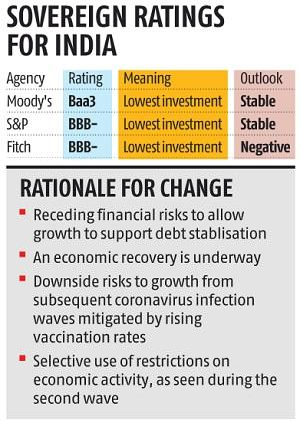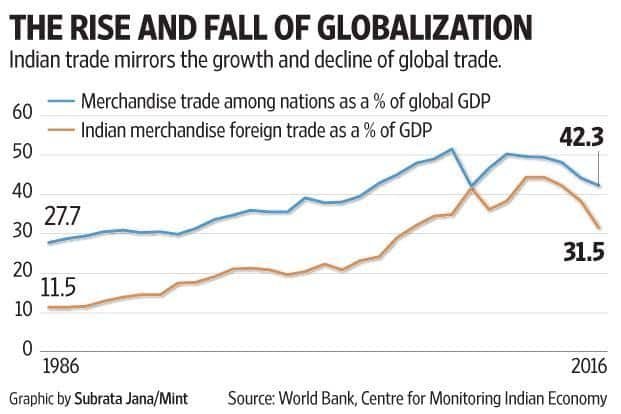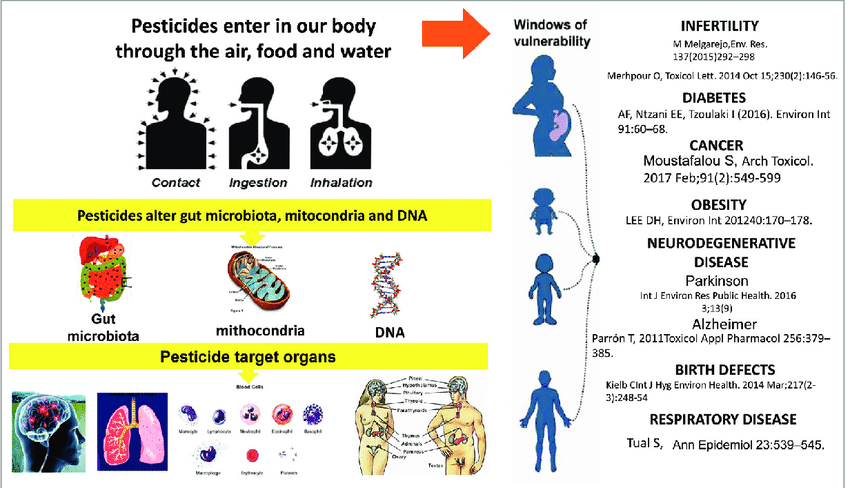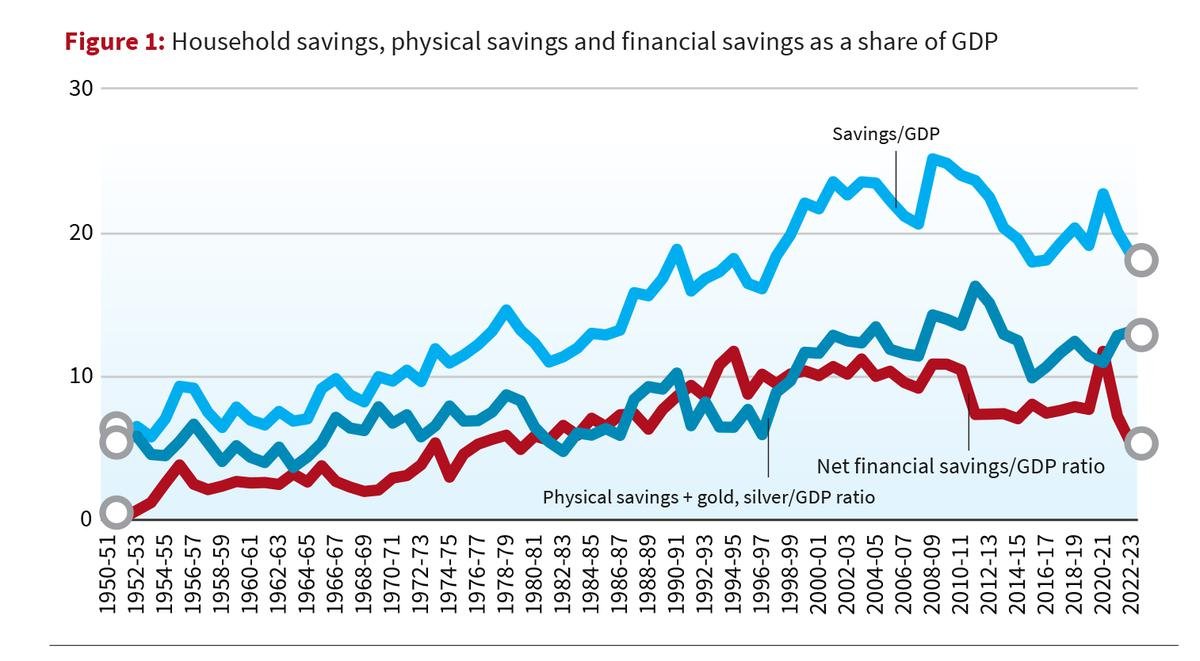
Carbon Farming
Subscribers of "Current Affairs" course can Download Daily Current Affairs in PDF/DOC
Subscribe to Never Miss an Important Update! Assured Discounts on New Products!
Must Join PMF IAS Telegram Channel & PMF IAS History Telegram Channel
- Context (TH): A look at carbon farming and the associated benefits.
- Carbon farming refers to agricultural methods that enhance the uptake and storage of carbon dioxide in soil and reduce the amount of greenhouse gases released into the atmosphere.
- Plants first absorb CO2 from the air via photosynthesis. The roots and other parts then decompose and are converted into soil carbon by microbes. Plant matter, and with it the CO2, are thus stored in the soil in the form of organic matter, particularly humus.
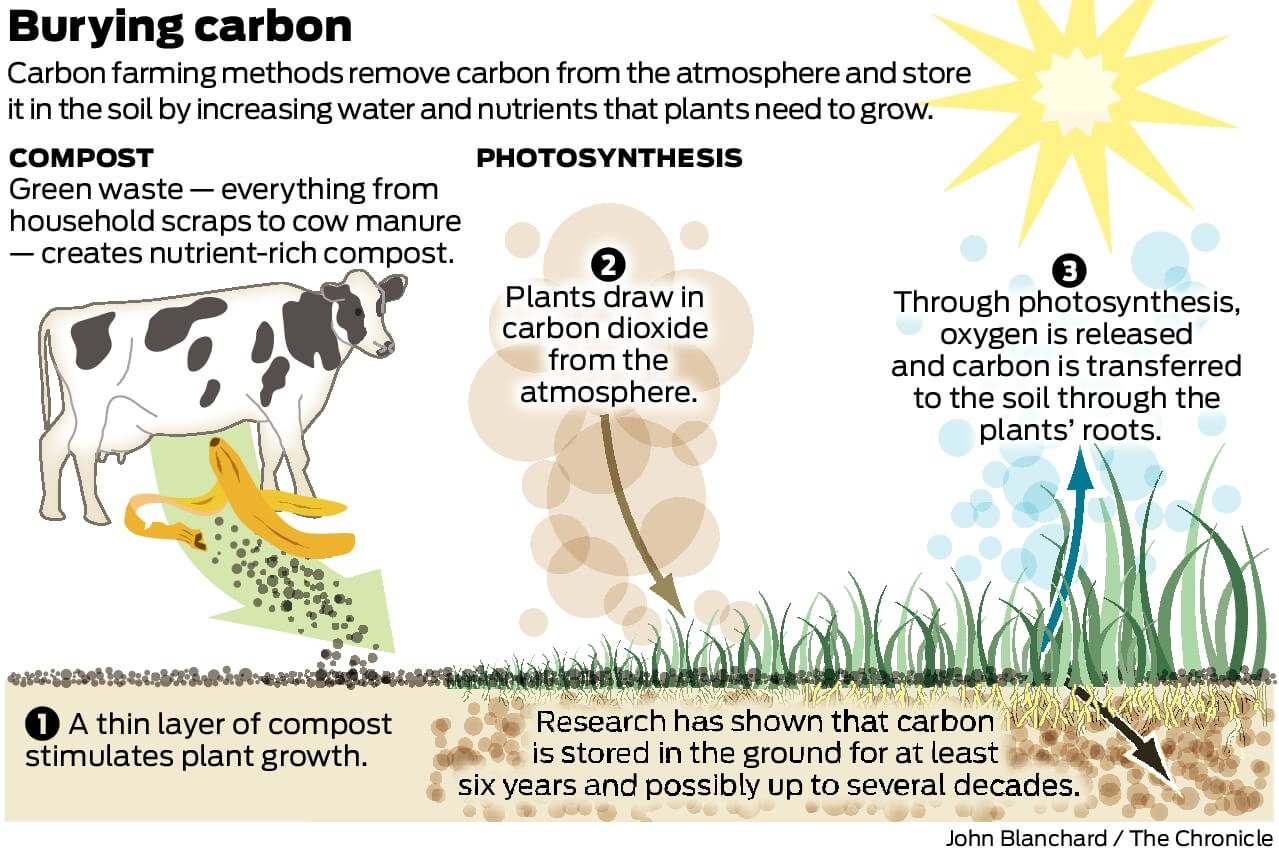
Credits: San Francisco Chronicle
Conditions for Carbon Farming
- The effectiveness of carbon farming varies depending on multiple factors — geographical location, soil type, crop selection, water availability, biodiversity, and farm size and scale.
- Regions with long growing seasons, sufficient rainfall, and substantial irrigation are best suited since they provide the best conditions for sequestering carbon through vegetation growth.
- Carbon farming can be challenging in hot and dry areas where water availability is limited. This may hinder plant growth, restricting the potential for sequestration through photosynthesis.
- Regions with extensive agricultural land, such as the Indo-Gangetic plains & Deccan Plateau, are well suited to adopt carbon farming, whereas the mountainous terrain of the Himalayan region is less so.
- Species selection is also crucial as not all species trap and store carbon in the same amounts or in an equally effective manner. Fast-growing trees and deep-rooted perennial grasses tend to be better at this task, but on the flip side, these types of plants may not be well-suited to arid environments.
Carbon Farming methods and the benefits associated
- Agroforestry practices — including silvopasture and alley cropping — can diversify farm income by sequestering carbon in trees and shrubs.
- Conservation agriculture techniques such as zero tillage, crop rotation, cover cropping, and crop residue management (stubble retention and composting) can help minimise soil disturbance and enhance organic content, particularly in places with other intense agricultural activities.
- Integrated nutrient management practices promote soil fertility and reduce emissions by using organic fertilizers and compost.
- Agro-ecological approaches such as crop diversification and intercropping have benefits for ecosystem resilience.
- Livestock management strategies, including rotational grazing, optimising feed quality, and managing animal waste, can reduce methane emissions and increase the amount of carbon stored away in pasture lands.

Carbon farming schemes worldwide
- Chicago Climate Exchange and the Carbon Farming Initiative in Australia: These initiatives demonstrate efforts to incentivize carbon mitigation activities in agriculture.
- Kenya’s Agricultural Carbon Project: It highlights the potential for carbon farming to address climate mitigation and adaptation and food security challenges in economically developing countries.
- The ‘4 per 1000’ initiative during the COP21 climate talks in 2015 in Paris highlights the particular role of sinks in mitigating greenhouse gas emissions.




![PMF IAS Environment for UPSC 2022-23 [paperback] PMF IAS [Nov 30, 2021]…](https://pmfias.b-cdn.net/wp-content/uploads/2024/04/pmfiasenvironmentforupsc2022-23paperbackpmfiasnov302021.jpg)
